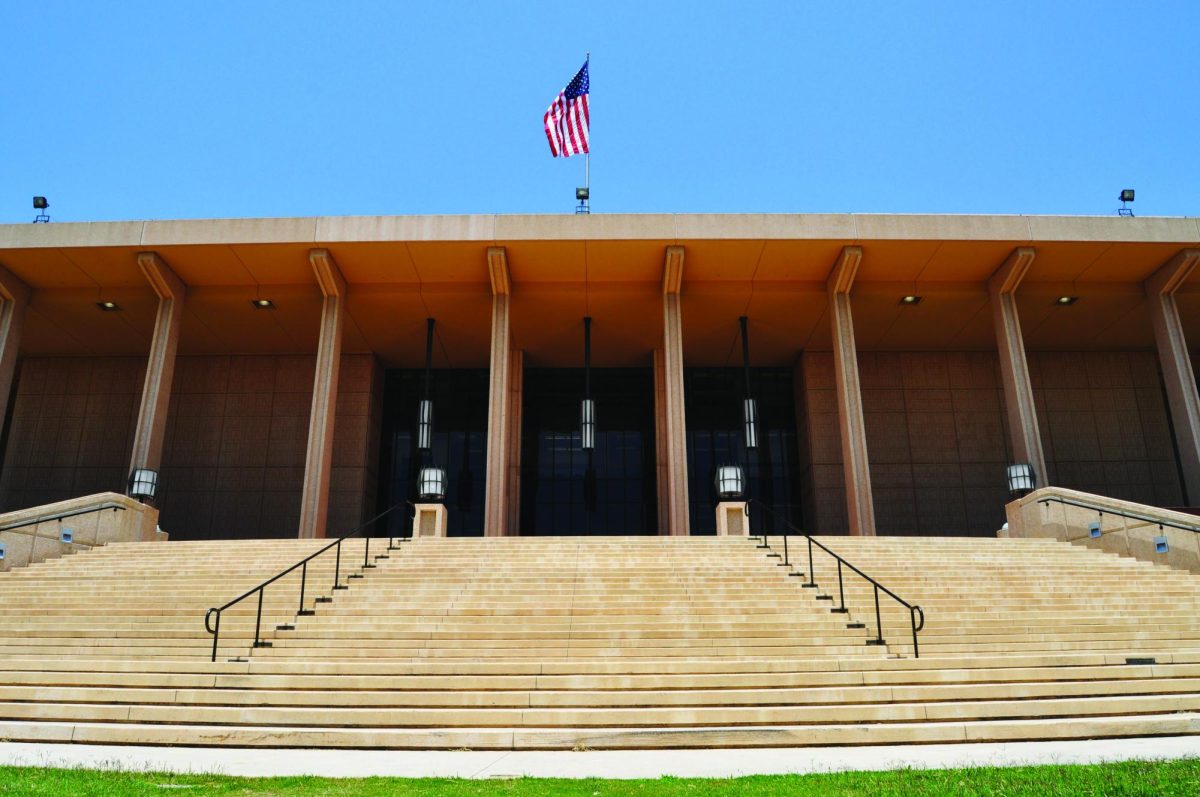Since the near bombing on Christmas Day, the threat of in-flight terrorism has reawakened the American conscious. Scrambling for some peace of mind, the newest solution is installing full-body scanners at airport security checkpoints. But this new generation of technology isn’t as simple as a metal detector. Say hello to a virtual strip-down of all your naked splendor.
Even though the privacy arguments have just recently hit mainstream media, these machines have been in airport use since 2007. The U.S. Transportation Security Administration (TSA) has issued them to 19 domestic airports. They are also used at other locations with high protection systems like the Los Angeles County Court House and the Department of Corrections Facility. They are currently on a volunteer-basis only but the TSA is now opting for mandatory searches.
There are two types of technology: the Millimeter Wave and the Backscatter. The Millimeter Wave beams frequencies toward your body and then reflects back to create a three-dimensional image; similar to what sonar does. It looks like a blurry negative of a photo. The Backscatter is basically a simple X-ray that creates a two-dimensional image that resembles a drawing. Both systems detect weapons, explosives and drugs. Contrary to urban myth, neither is dangerous nor will expose you to radiation.
The main high-profile controversy about the body scanners is the image is a virtual strip-down of all your nitty gritty. Th e American Civil Liberties Union (ACLU) says that it’s a breach of privacy. Personally, I would gladly forgo some privacy than worry my plane was going to be bombed.
These aren’t kinky photos that you’re going to find on a TSA porn site. It’s a blurred image with no head that’s less scandal ous than Miley Cyrus’ last photo shoot. It’s also less evasive than the good ole’ fashioned pat down that always results in an awkward moment between passenger and TSA agent.
On the plus side, it’s nearly impossible to be identified with your image. There are two TSA agents for each scanner: one to watch you walk through the scanner and the other to watch the image on the screen. So essentially, the plan is that a TSA agent won’t be able to match the person to the image.
For some first-hand experience, I talked to CSUN student Ryan Baker. Baker, 22, is a double major in finance and real estate, a private pilot and one of the very few citizens who has seen his own image after being scanned.
“The skin appeared as all one texture, the nipples were smoothed over and the skin was blue,” he said. “My downstairs area was shown almost completely. After I was satisfied that my end of the deal was upheld I made an awkward joke about the airport being too cold and was on my way,” Baker said.
Of course, it’s only a matter of time before body scanner photos start surfacing on the Internet. So expect the lawsuits to skyrocket into the online stratosphere. The average Joe’s identity is protected but it’s the poor celebs who have to watch out. Imagine if “Brangelina” took a flight out of LAX. Their stripped-down bodies would be floating around the Internet in minutes.
With all body consciousness aside, my main concern is if these body scanners will actually work. With encounters like the shoe bomber and the Christmas Day pants bomber, we now know terrorists are stashing weapons and bombs on their bodies, not in their bags. So it makes more sense to pull our resources toward body scanning instead of baggage checks.
Unfortunately, the inevitable outcome is that even with these body scanners, the terrorists will find yet another method to jeopardize our safety. If the terrorists are expecting it, then they’ll be able to prepare for it. For example, if they can’t hide bombs in their bags, or on their body, then the last option is… in their body. And the problem is – we’ve already encountered it. Sewing up packets of cocaine in someone’s stomach or wedging drugs in unmentionable areas is old news. Are we really going to have to address that concern in the middle of the airport terminal as well?
Body scanners will win the current battle but won’t win the war. Still, it is yet another layer of security that will further inhibit terrorists from endangering air travel. The strategy is to keep them guessing and limit their options by forcing them to overcome multiple tactics. Along with all the baggage checks, background profiles, document checks, canine searches and trained agents for suspicion awareness, body scanners are an inevitable step in protecting American travelers.






